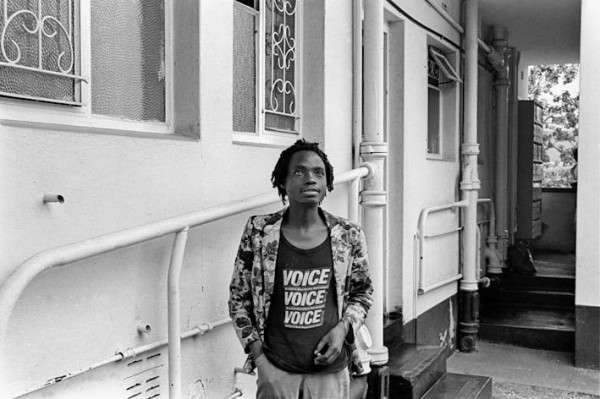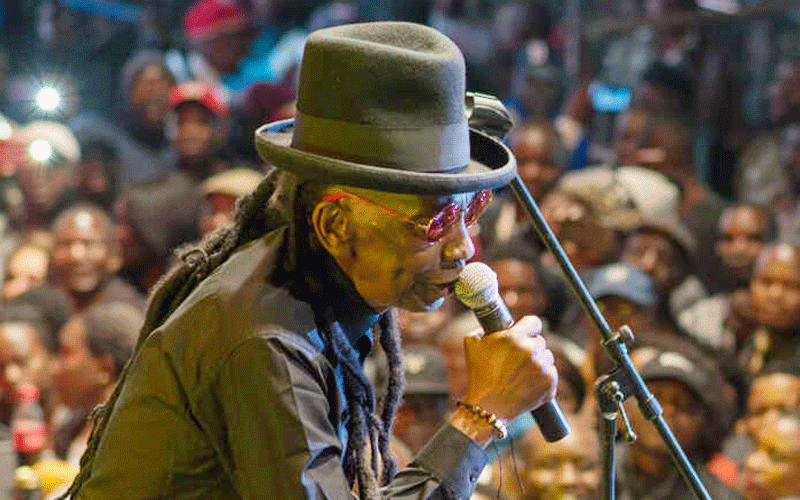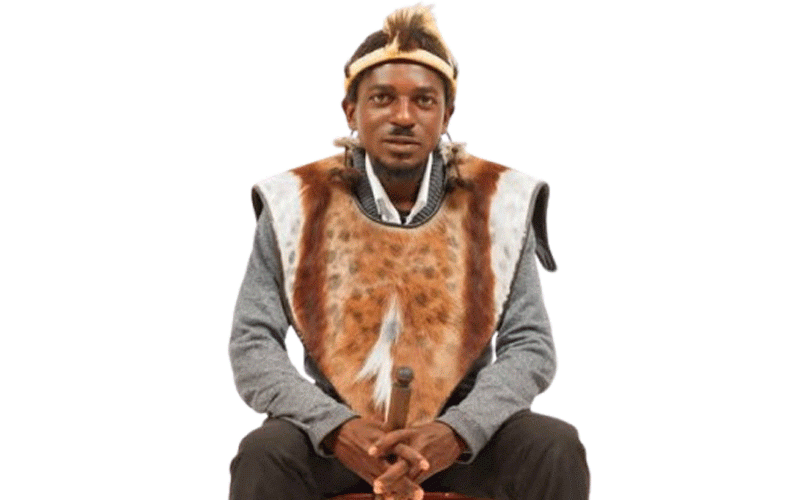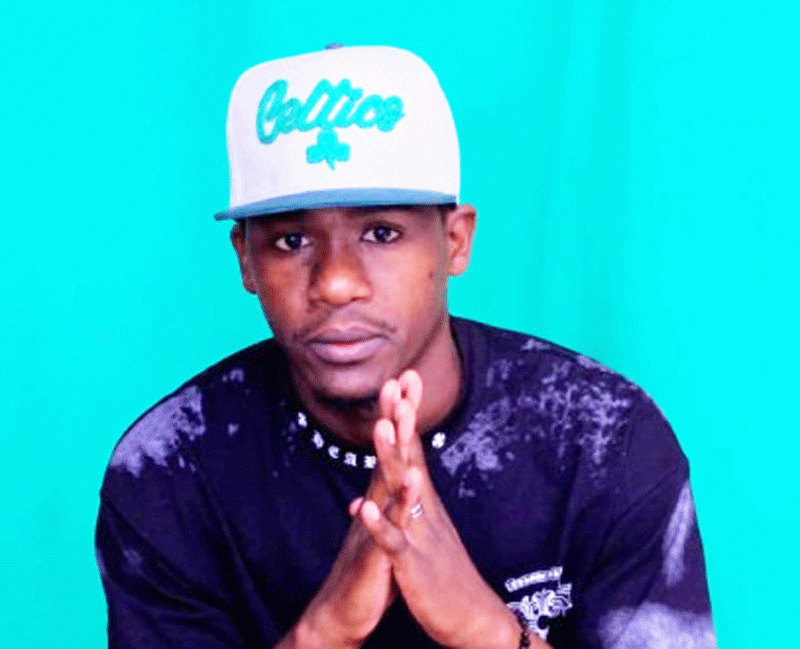
Romanticism was arguably the largest artistic movement of the late 1700s in Europe. Its influence was felt across continents and through every artistic discipline, and many of its values and beliefs can still be seen in contemporary poetries. Unfortunately, Romanticism is not a popular subject as a literary subject in Zimbabwe.
LITERARY FORUM BY BOOKWORM
At present none of the Zimbabwean universities and colleges teaches Romanticism, though Blake, Keats and Wordsworth may feature in some courses. But even when there are references to Romantic poets, Shelley and to some extent Byron, are not likely to appear on the course outline in the way that Blake, Coleridge, Keats, and Wordsworth do.
I will offer speculative reasons for these choices and omissions. Only male English romantic poets are taught and this is not surprising in a patriarchal society such as Zimbabwe which tends to celebrate masculinity.
Femininity is a weakness. In Chinua Achebe’s Things Fall Apart (1958), the male protagonist, Okonkwo, commits suicide because of his perceived feminine sensitivity and his conscious participation in his own emasculation by the illegitimate colonial system. This is a shared feeling in most parts of sub-Sahara Africa.
It is no surprise too that the early historiography of Zimbabwean literature as recounted in the critical works of George Kahari (1980), Musaemura Zimunya (1982), Flora Veit-Wild (1992), Rino Zhuwara (2000) and Maurice Vambe (2004) does not include female writers or if it does as is the case in Flora Veit-Wild’s work, they are mere footnotes.
It is important to point out that there has been a boon on the study of the work of Tsitsi Dangarembga and Yvonne Vera, the two most prominent women writers to emerge from Zimbabwe.
- Chamisa under fire over US$120K donation
- Mavhunga puts DeMbare into Chibuku quarterfinals
- Pension funds bet on Cabora Bassa oilfields
- Councils defy govt fire tender directive
Keep Reading
Indeed, while studying English literature in Zimbabwe, I gained the impression that great poetry in England began with Chaucer, continued with Shakespeare, and then developed by means of Milton and Wordsworth. These were all the English poets one encountered over and over again whether as an O’ Level student or as an undergraduate English literature student.
In 2016 many Zimbabwean people still ask me: who is Shelley? What did he write? My answer sometimes is that, Shelley the husband of Mary Shelley who wrote Frankeinsten. However, Shelley’s importance as a Romantic writer is largely undermined in the academy everywhere, not just Zimbabwe.
Critics still hesitate to place Shelley in the Romantic canon. G Kim Blank’s surveys of universities in Britain and the United States that teach English Romanticism show Wordsworth as the most popular and most taught Romantic poetic with an 80% plus ranking from all his respondents. Shelley ranks the lowest with around 12%.
However, these statistics are surprising considering that Shelley is as globally expressive of the central concerns of Romanticism and certainly the most interesting craftsman among them all in terms of style and personality. In Zimbabwe there are possible reasons for this exclusion from the curriculum.
Shelley is certainly too radical in taste for a conservative society like Zimbabwe in terms of his politics, ambiguous sexuality and philandering. School textbooks that are produced through the authorisation of the Ministry of Education’s curriculum development unit tend to have an ideological function.
In the early 1980s when Dambudzo Marechera was still alive and trying to live as a full-time writer in Zimbabwe, educationists were promoting “socialism” as the official literary aesthetic in the country. One of the reasons for Marechera’s castigation by a number of academics and critics in Zimbabwe was his outright rejection of this doctrine.
He says: “I think writers are usually recruited into a revolutionary movement before that revolution gains whatever it’s seeking. Once it has achieved that, writers are simply discarded either as a nuisance or totally irrelevant.” The result, unfortunately, has been to marginalise the work of writers outside the official framework, such as Marechera, who refuse to cooperate in the nationalisation of literature and of ideas.
Romanticism gave Marechera a wide historical canvas. For Marechera, romanticism had everything: human nature as subject matter and the search for self-understanding and above all, the ability to dream, to imagine. What was on his mind was the self-conscious, but highly problematic construction of the new Zimbabwe. Even though there was a call for a patriotic literature, a few local writers led by Marechera himself, had the conscious necessity to establish difference.
Marechera looked to Europe to establish a reference for that difference. He was able to celebrate and deplore an identity already existing and rapidly taking many contradictory forms.
His need for alternatives, for difference provided a huge pay-out of themes and agency. It could also be that his time in England, in the London that Paul Gilroy has chronicled, Marechera had a deeper acquaintance with various literatures, including the Romantics, a wider horizon than the ethnic absolutism of where he came from. Marechera is in the modern sense a romantic as he exhibits all the Byronic ideals of a gifted, perhaps misunderstood loner, creatively following the dictates of his inspiration rather than the standard ways of his contemporary society. l Feedback: [email protected]












